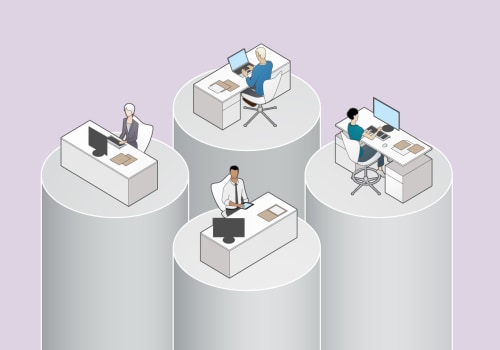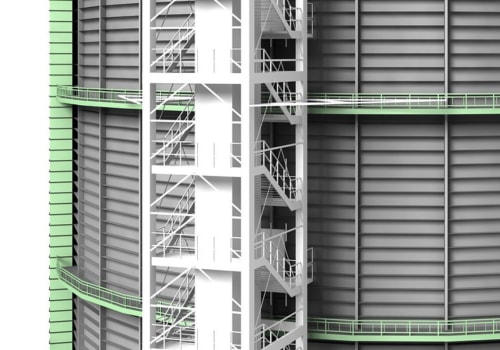But on average, it should take 4 to 12 weeks. Some web projects are much larger, with tons of blogs, integrations, and multiple landing pages. Using a website builder is the fastest way to create your website, and it's simple and easy for beginners. Using a website builder is an ideal option for those who want to create their website as quickly as possible and who require a simple creation process with a template already installed.
Most website builders also provide excellent help and customer support, in case you run into any problems creating. An alternative to using a website builder to create your website is to hire a website designer or design agency to do it for you. The general rule to follow is to do whatever it takes to get images to 500 KB or less. This initial phase lays the foundation for your website.
What is your target demographic? Will your website include a blog? What combination of colors and design elements will work? After completing the planning phase, you should thoroughly understand how you or the developer intend to proceed. You should ensure that the planning phase addresses all of your concerns before continuing. While the actionable window of website development gets a lot of attention (i.e., creating a design or writing content), it's also when problems can arise, since they weren't addressed during the planning phase. By addressing common problems during the planning phase with a long-term strategy, you could help extend the expected lifespan of your website after launch.
Going through the planning phase is easier when you have the right tools. You can, for example, create a website map to determine the exact design and navigation flow of your website before moving on to the design phase. It doesn't bode well to wait until after a release to start planning content. It's not enough for a site to appear complete when published; content is part of your long-term strategy.
It should be routinely checked for accuracy and, if your website includes a blog, you should have a content calendar that determines when it is updated. This stage can seem incredibly overwhelming if you don't have the time or resources for a comprehensive design team. However, web design software options, such as mock-up tools or website builders, are worth considering. As you can see, working with a developer could be a good decision to take the website creation process to a higher level.
That said, the negative aspects may outweigh the positive ones for some users, especially if the concept is difficult to convey and the final product risks not meeting expectations. Before hiring a developer, be sure to consider a concise web design budget and that you have a binding agreement regarding the expected work schedule. As part of the discovery process, be sure to explain your exact vision and make sure that the meeting ends when you have an accurate idea of what you need for your website. Toni Matthews-El is a writer and journalist who lives in Delaware.
When you're not keeping track of the impact of automation on the retail industry or the latest digital privacy laws, cheer on the Indianapolis Colts as you plan your next international adventure. Creating content before creating your website means that you'll avoid delaying the creation of the website if certain pages aren't ready to be published. However, taking the time to create great content for your website is an important step when creating your website. A WordPress website tends to require a little more setup and maintenance than other website builders.
Website builders, like Wix or Squarespace, work by offering you several website templates to choose from. .






